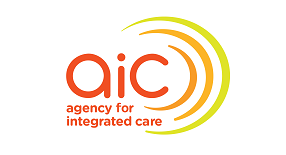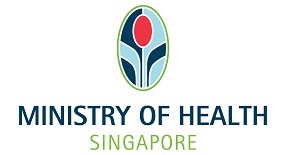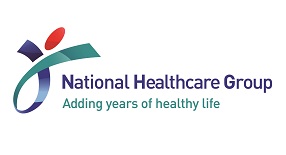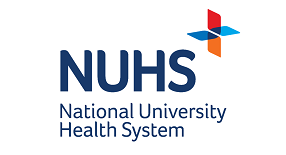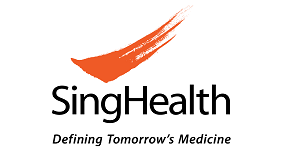The Multiple Readmissions Predictive Model uses a combination of clinical theory and machine learning to automatically identify patients who are likely to be readmitted multiple times over the next year.
The model identifies high-risk patients for enrolment into the Hospital to Home programme. Through the programme, nurses visit patients and their caregivers at their homes, educate them on caring for themselves, and help them with their needs such as arranging for meals or changing of wound dressings.
Singapore’s public hospitals admit more than 450,000 patients every year. The use of the model reduces the average daily vetting workload by 10 to 15 per cent of the national average of daily admissions of about 1,200 patients per day.
